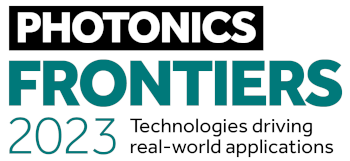Optical circuit switches (OCS) that use mirrors mounted on micro-electro mechanical systems (MEMS) have helped Google scale its network capacity by five petabits per second (5Pb/s)since 2015.
The switches, which bounce optical signals off an array of mirrors to redirect traffic, are mentioned as a key enabling technology in a paper Google published in 2022 in which it reviews its network developments over the last decade. Google documented 5x higher speed and capacity, 30% reduction in capex, and a 41% reduction in power consumption. Its data centre network, Jupiter, has grown its capacity from 1-6Pb/s since 2015.
When input/output optical signals enter the OCS, they enter the optical core through two-dimensional fibre collimator arrays, which have 136 individual fibres and a 2D lens array.
The optical core consists of two sets of 2D MEMS mirror arrays. Each inband optical signal traverses through a port in each collimator array and two MEMS mirrors. Mirrors are actuated and tilted to switch the signal to a corresponding input/output collimator fibre. The entire end-to-end optical path is broadband and reciprocal, for data rate agnostic and bidirectional communication across the OCS.
Superposed with the inband signal path, a monitoring channel assists with tuning of the mirrors. Each MEMS array is injected with this 850nm light. The reflected monitor signals are then received at a matching camera module.
A servo uses the camera image feedback to optimise MEMS actuation for minimum loss of the optical signal path. A pair of injection/camera modules controls each 2D MEMS array.
By implementing mirror controls based on image processing of a single camera image per MEMS array, the control scheme is significantly simplified in comparison to conventional approaches which require individual monitoring and/or photodetector hardware per mirror.
“This design choice was critical to realising a low-cost, manufacturable OCS solution,” the paper’s authors said.




